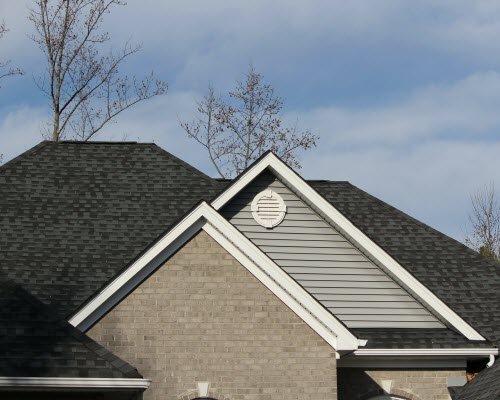It’s an area, homeowners often overlook or entirely ignore: gutters.
A bit of a funny question, but — when’s the last time you checked out your gutters?
When done correctly, gutter maintenance is one of the simplest and most cost-effective ways of preventing expensive water damage.
Regardless what condition your gutters are in, we’ve got a handy solution for you.
1. Clogged
It’s the most common problem of them all. Twigs, leaves, critters, rain — it all gets stuck, cramped and clogged in your drains. If you leave it unattended, it could lead to sagging gutters or breaking apart entirely.
When leaves and other items clog your gutters, your gutters are rendered entirely useless.
So, aim to clean them out once or twice a year — perhaps more if your home is in proximity to trees.
Take caution after big storms and check your gutters for fallen or broken off debris. If clogged gutters is a chronic problem, consider getting them fitted for mesh screens, grates or porous foam.
2. Sagging
Whether a result of clogged gutter or the simple passage of time, sagging gutters can be dangerous.
The reason for sagging is typically a deterioration of the fasteners or hangers, or the fasteners are spread too far apart, and thus unable to support the weight of the gutter.
Not sure if your gutters are sagging? They should be completely straight, except for exceptionally long gutters which may have a peak in the middle to encourage water flow.
The solution is simple: new fasteners and hangers are easily accessible at most hardware stores for a few bucks.
3. Leaks and Holes
Even the tiniest of leaks can lead to massive water damage for your home. Try a simple tube of gutter sealant (about $5) for smaller holes and leaks.
Large gaps may require metal patching — luckily most hardware stores offer gutter “patching kits.”
4. Misaligned Pitching
In order for water to flow properly from your gutters, they must be pitched properly. The general rule of thumb is ¼ inch of sloping per every 10 feet.
So if you’re not sure if your gutters are sloped correctly, take a peak after it’s rained — standing water is a telltale sign of misaligned pitching.
Correcting the pitching can be a big project, potentially requiring you to remove and reattach parts of the gutter — it may be best to call in an expert to make sure the job is done to perfection.
5. Downspout Drainage
If your downspout is too close to your home, water will leak straight into your foundation and basement.
Ideally, downspouts should extend 4-5 feet from your home, and you can purchase them for roughly $20 each.
6. No Gutters At All
Think about investing in a gutter system to protect your home and its structure. Systems come in varying prices, depending on size and material.
However, aluminum is the typical go-to for residential properties. With routine maintenance and checkups, your gutters could prevent major repair costs (and headaches!) down the road.
We Can Help!
We cover gutter and drainage inspections for homeowners, buyers AND sellers — schedule an inspection today or get a quick quote.



